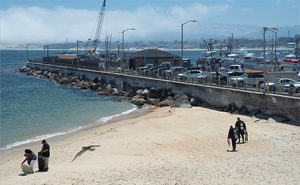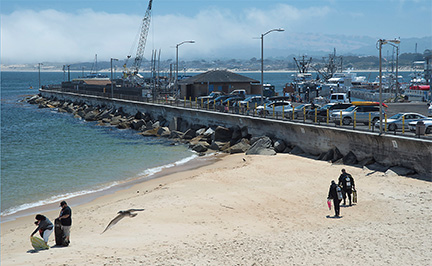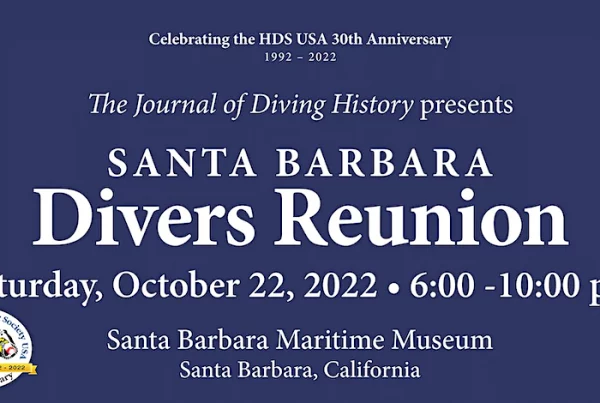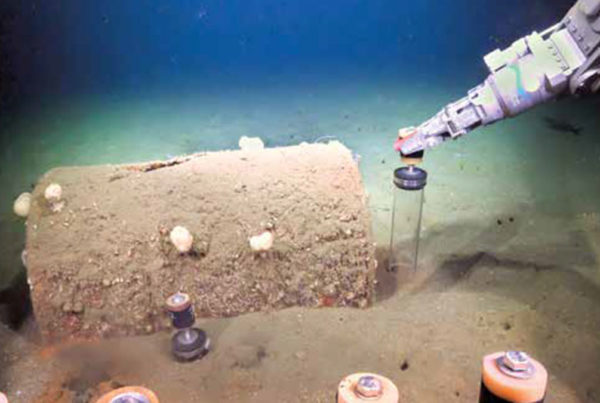 At-A-Glance
At-A-Glance
Skill Level: Beginner or better.
Location: The Breakwater is located at the intersection of Cannery Row and Foam Street in the City of Monterey.
Access: Available at the base of The Breakwater, or above San Carlos Beach, northeast of The Breakwater. It is a short walk to the beach down a well-maintained set of stairs.
Facilities: Restrooms and showers are available on The Breakwater. Breakwater Scuba is located on Cannery Row at the north end of San Carlos Beach, and Out To Sea is located at the foot of the breakwater. There are plenty of restaurants within walking distance.
Entry and Exit: Enter off the sandy beach just to the left (north) of the breakwater. This is one of the most protected entries in Monterey.
Depth Range: 10 to 60 feet
Conditions: Predictably very calm. Visibility: 10 to 30 feet
Photography: Great macro photography for nudibranchs, other invertebrates, and small fish. Good for sea lion photography during fall and winter.
Hunting: The Breakwater is within the Edward F. Ricketts State Marine Conservation Area and only finfish may be taken with hook-and-line; divers may not take anything.
Cautions: Watch for boat traffic. This site is popular with scuba classes, fishers, and tourists; and the lot fills up early on weekends. Plan on arriving early on weekends, or dive the site during the week.
Monterey’s Breakwater has got to be the most heavily dived site in North/Central California. It is mainly thought of as a beginner site because its entry is so calm, and due to the number of scuba classes that can be found here on any weekend. It is also thought of as a spot for macro photographers to find colorful subjects. However, in recent years the area has been a great spot to find some of Monterey’s larger critters. The Breakwater sits at the southern end of Cannery Row, and was constructed after a number of disasters. While we divers normally believe we have pretty good weather in Central California, every now and then Mother Nature conjures up a massive storm. During the late 1800s and early 1900s a few big storms hit California and inflicted a great deal of damage on Monterey’s harbor. The worst damage occurred when a whopper rolled in on Thanksgiving 1919, and 93 fishing boats were lost. At that time Monterey did not have a breakwater to protect the harbor, and despite the loss Monterey could not find the inspiration to build one. The disaster that finally provided the inspiration to build a breakwater came after a fire in 1924. Lightning ignited one of the oil storage tanks that were built just above the harbor, where the Coast Guard Station currently sits. The heat from the fire ruptured several tanks and the resulting river of burning oil took out several canneries as well as the Associated Oil Company pier. The Coast Guard built the jetty in 1934 at the site of the old pier. The Breakwater was fabricated from large granite blocks that create a labyrinth of small crevices and passageways — a paradise where sea creatures can find shelter. Small shrimp, juvenile abalone, flatworms, a huge variety of nudibranchs, and an assortment of small crabs will delight macro photographers. Orange cup corals dot many of the rocks and make great photographic subjects. These little corals possess fluorescent pigments in their tissues and cause the rocks to glow orange. The nooks and crannies also provide shelter for many young-of-the-year fish, principally rockfish. On a recent dive in July, I found typical Monterey summer conditions. There was a bit of plankton in the top 30 feet, and the water was very warm. Below 30 feet the visibility cleared up to over 30 feet, and the water temperature dropped to a “normal” 56 degrees F, so I spent most of my dive around 50 feet at the base of the breakwater and in the nearby sand. There were lots of rainbow nudibranchs out that day. These are deep red, and when disturbed, they fly through the water with undulating, dancelike movements. This is how they became named Spanish dancers. They were particularly small nudibranchs, averaging around four inches, about half normal size. Feeding mainly on tube-dwelling anemones, they will crawl up the anemone’s tube, get drawn into the tube when the tentacles retract, and busily feed on the tentacles. This does not normally kill the anemone, as the tentacles regenerate rather quickly. The rainbow nudibranchs were having quite a feeding frenzy that day, since hundreds of anemones were missing their tentacles. There were also hundreds of small crabs out in the open, actively molting. They were mostly white with purple legs and claws. I was unable to definitively identify these crabs, but my best guess is they were very young Dungeness crabs. While most photographers come to the breakwater in search of macro subjects, there have been many sightings of larger fish here in recent years. As I walked into the water, I almost stepped on a rather large California halibut in the surf zone. These are commonly found off of Del Monte Beach in deeper water, and it was nice to see one here. A three-foot leopard shark buzzed me as I swam back to the beach along the wall. These are commonly found in the winter when they breed in Elkhorn Slough and Whalers Cove at Point Lobos, but this is the first time I’ve seen one here. Other divers reported seeing several, large wolf eels and smaller monkeyface pricklebacks (incorrectly called monkeyface-eels). Divers are also reporting California spiny lobsters and swell sharks on night dives. These sightings are likely due to the unusually warm water California has experienced in recent years. During the fall and winter months there are predictably large numbers of California sea lions at the far end of The Breakwater; however, they are mostly absent in July, when they head to offshore islands to breed. Guess I’ll have to come back in a few months to be able to swim with the sea lions.









